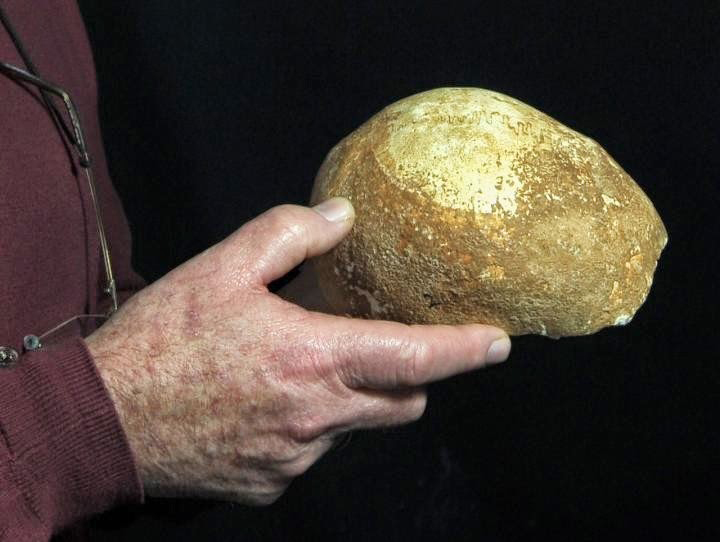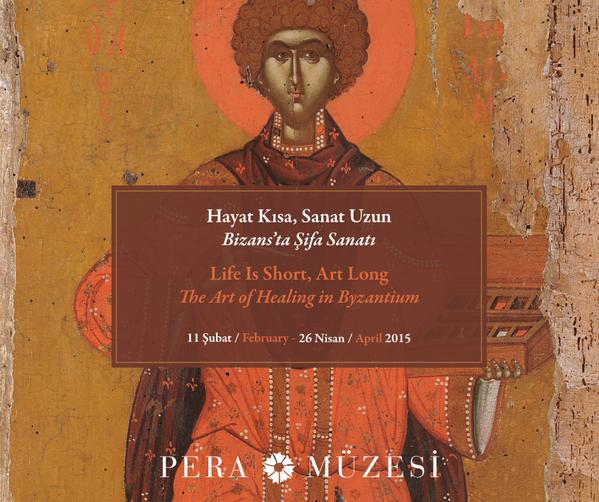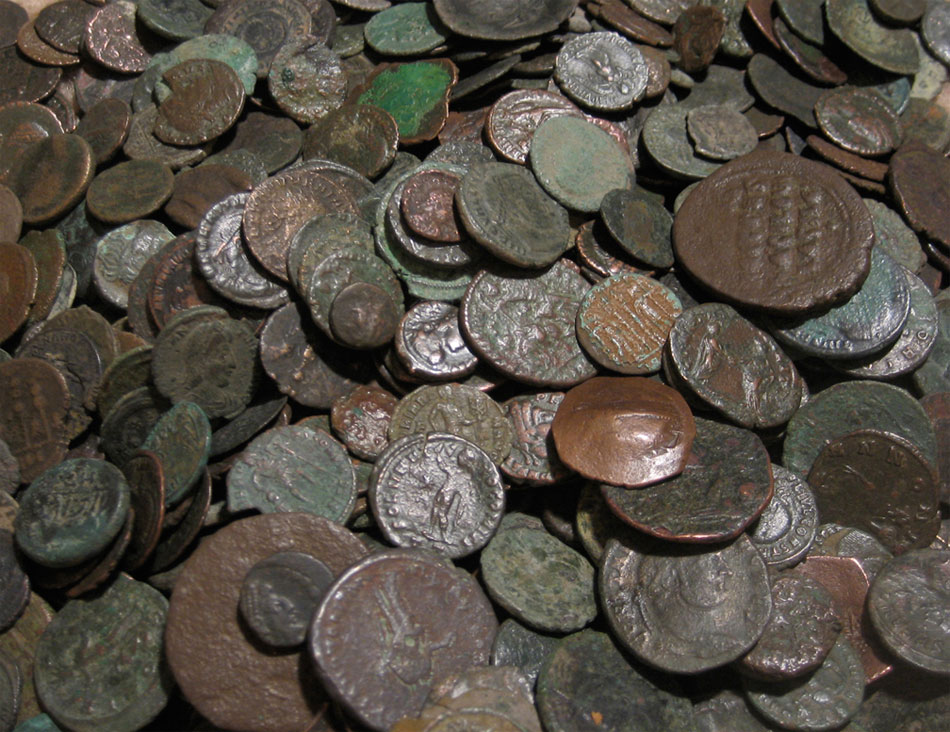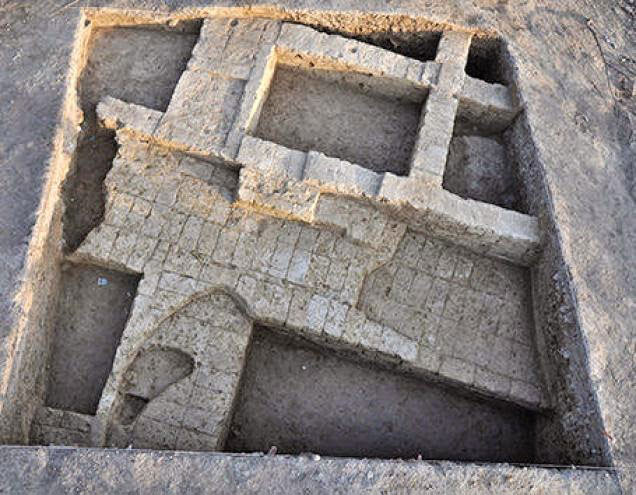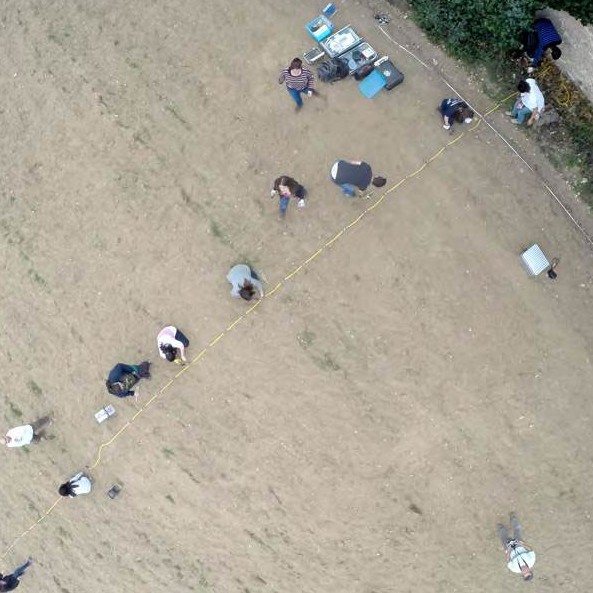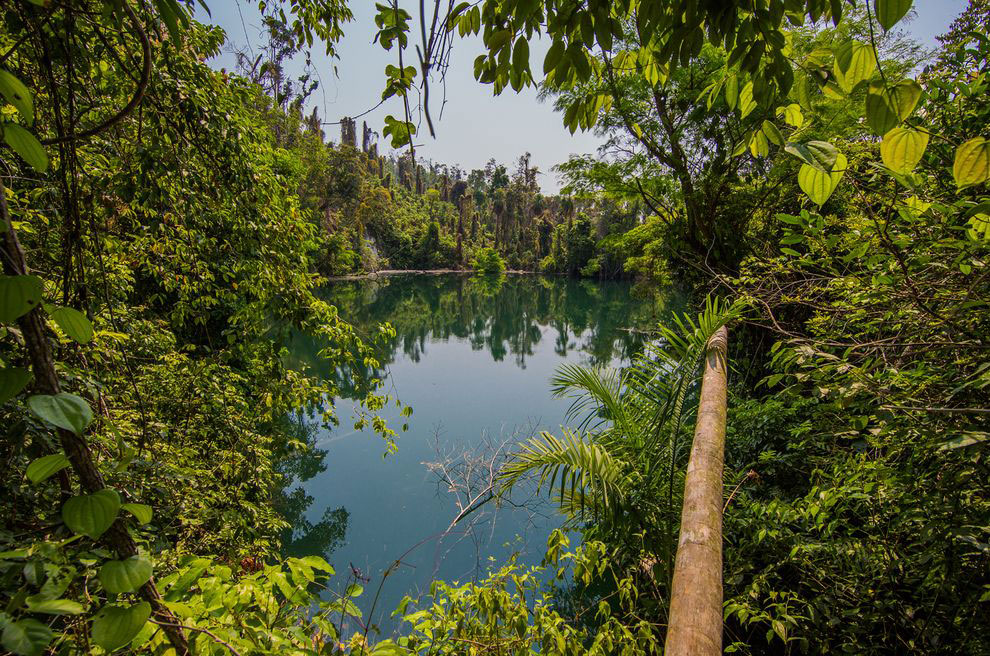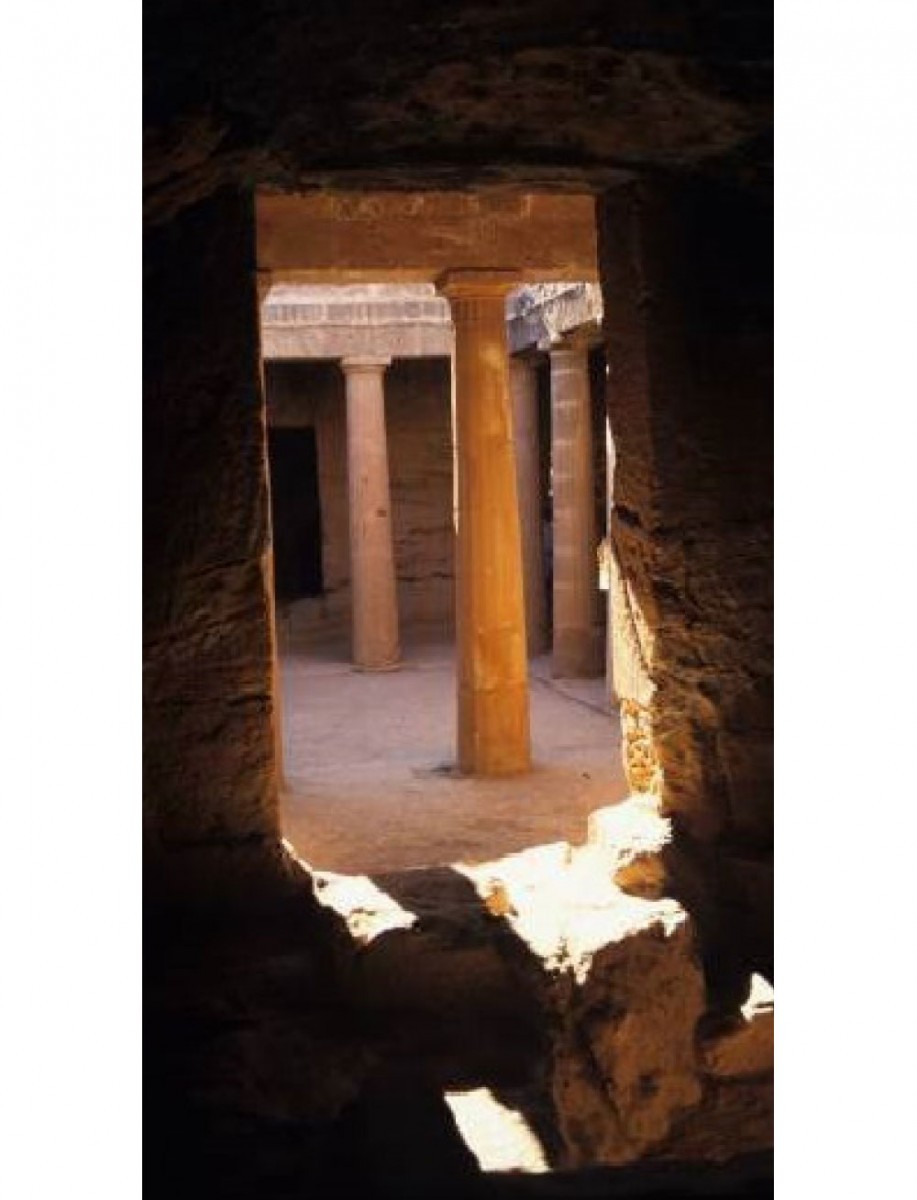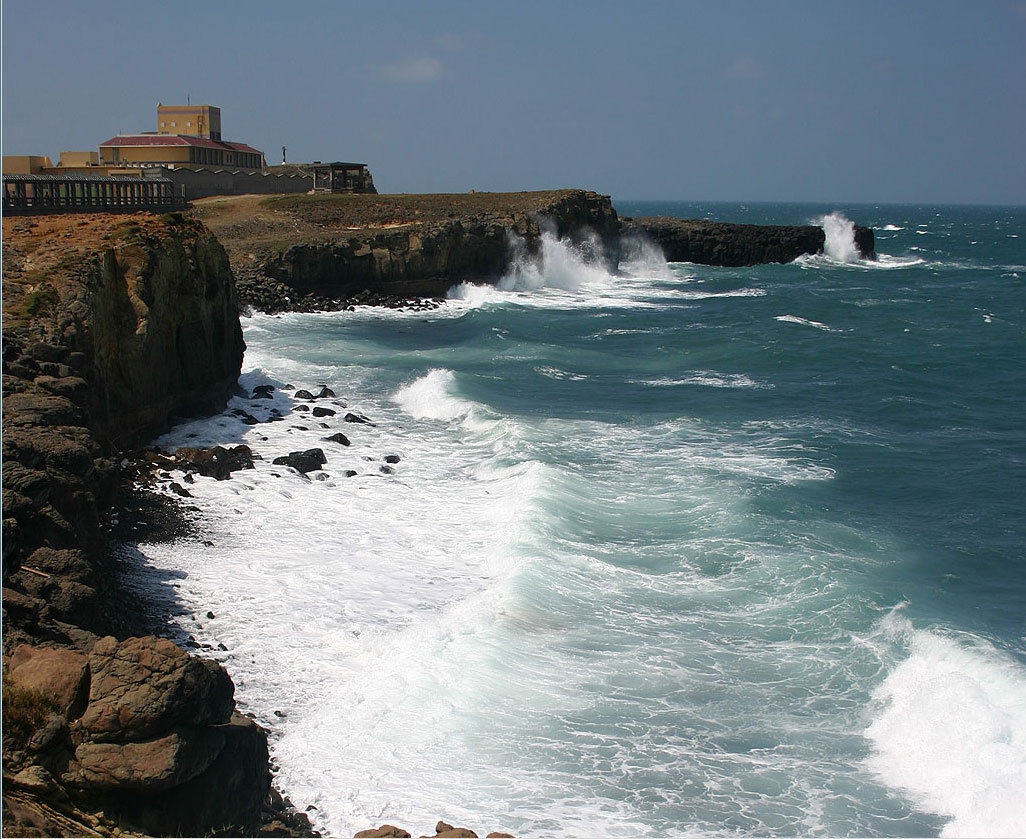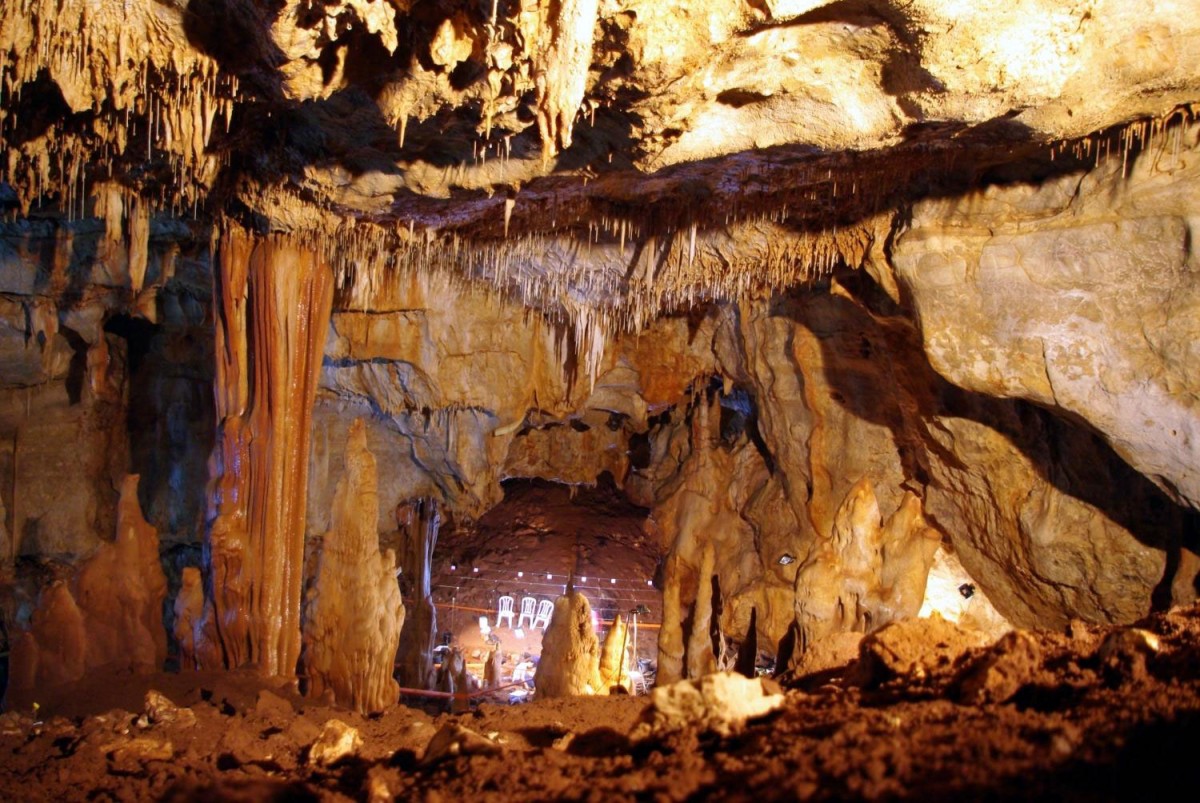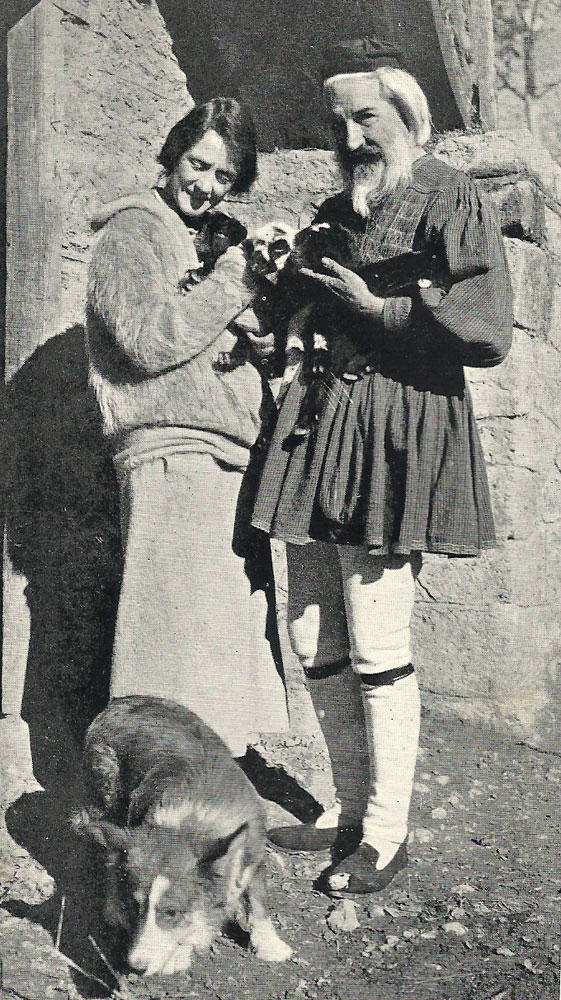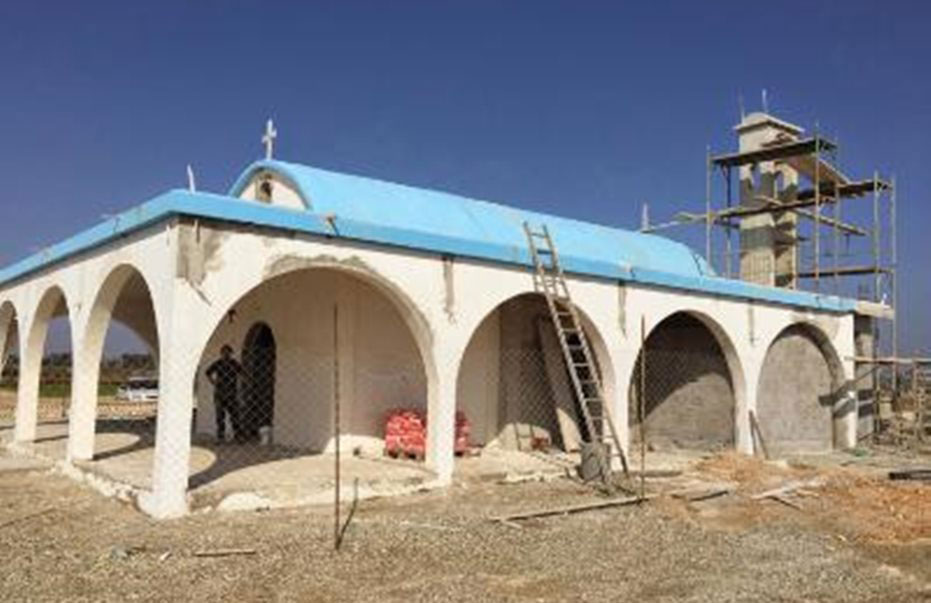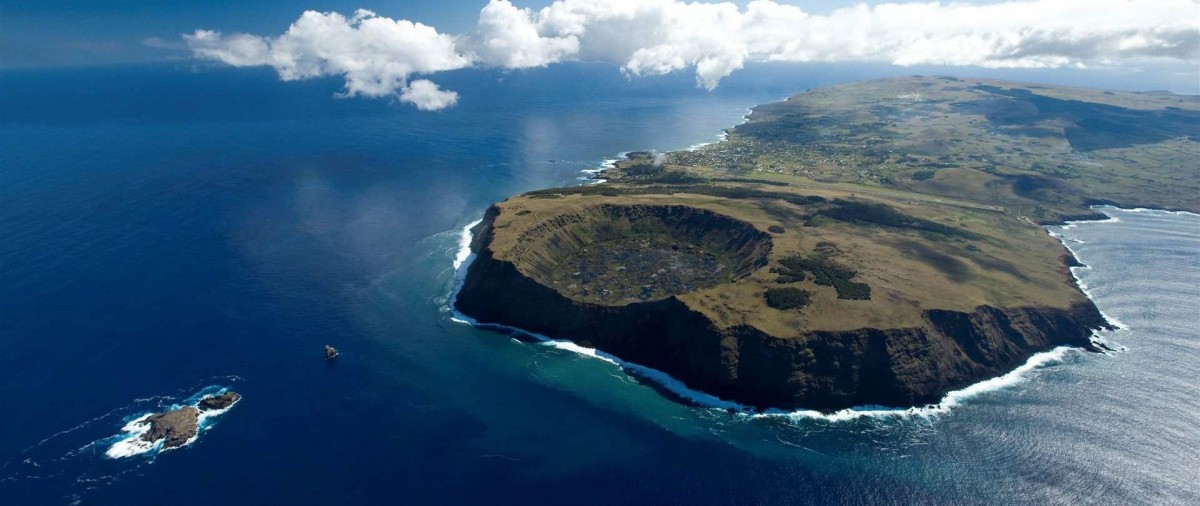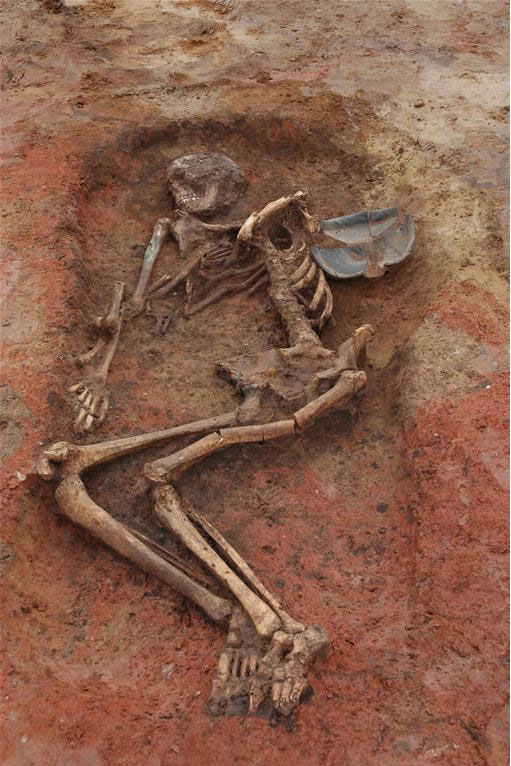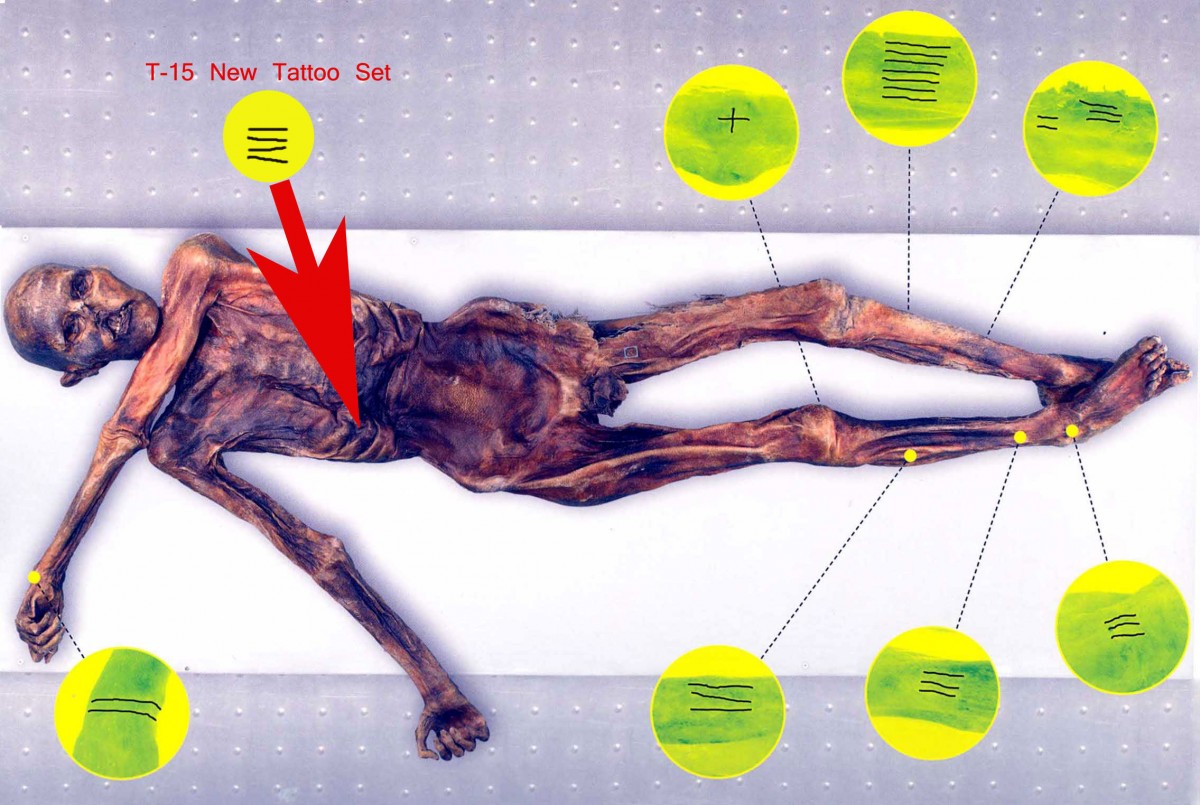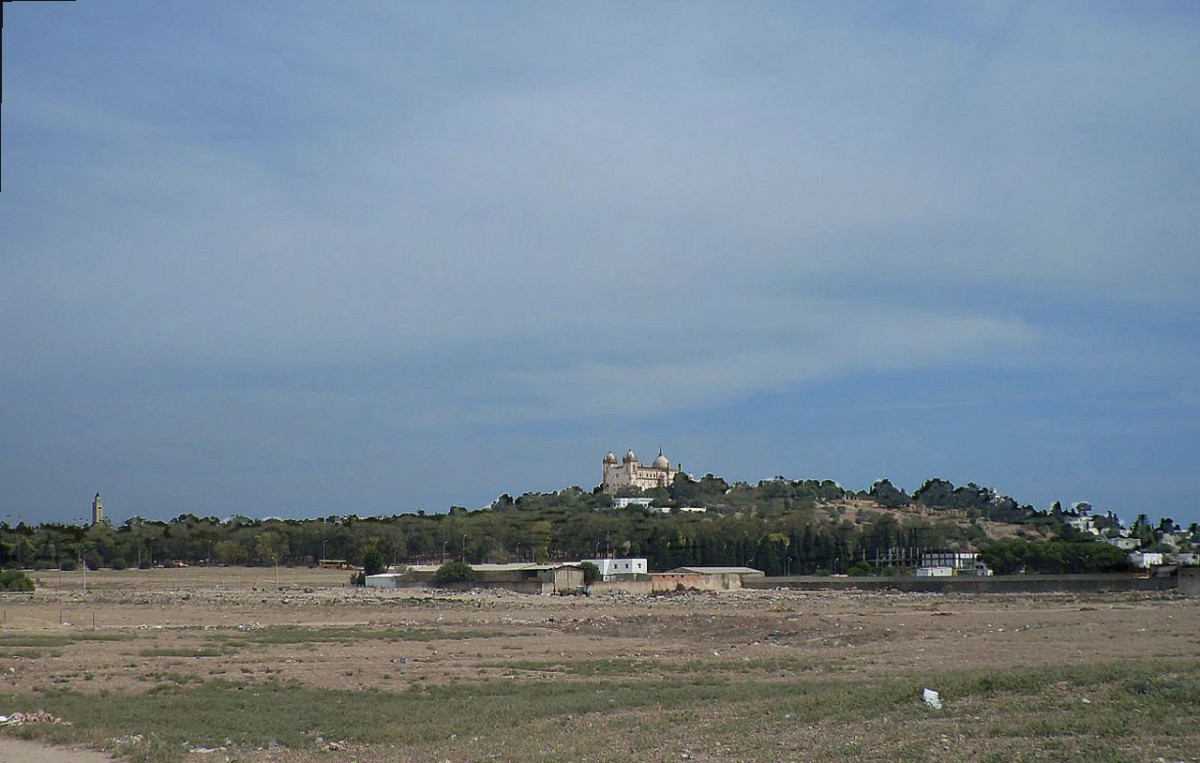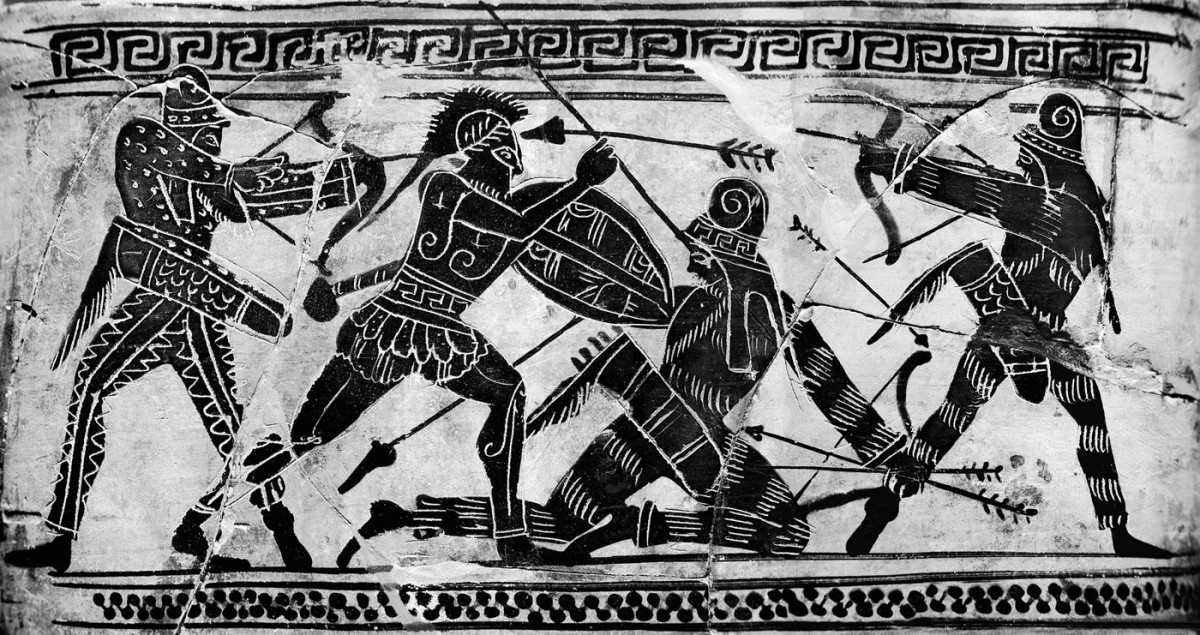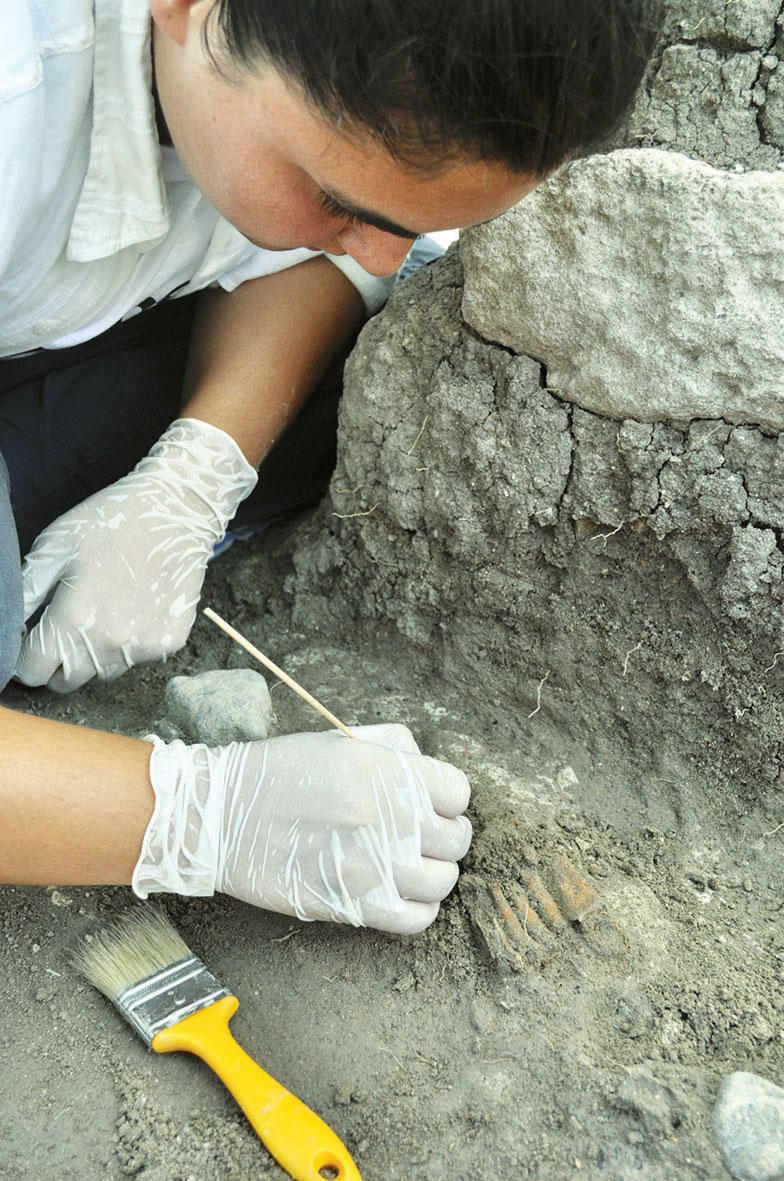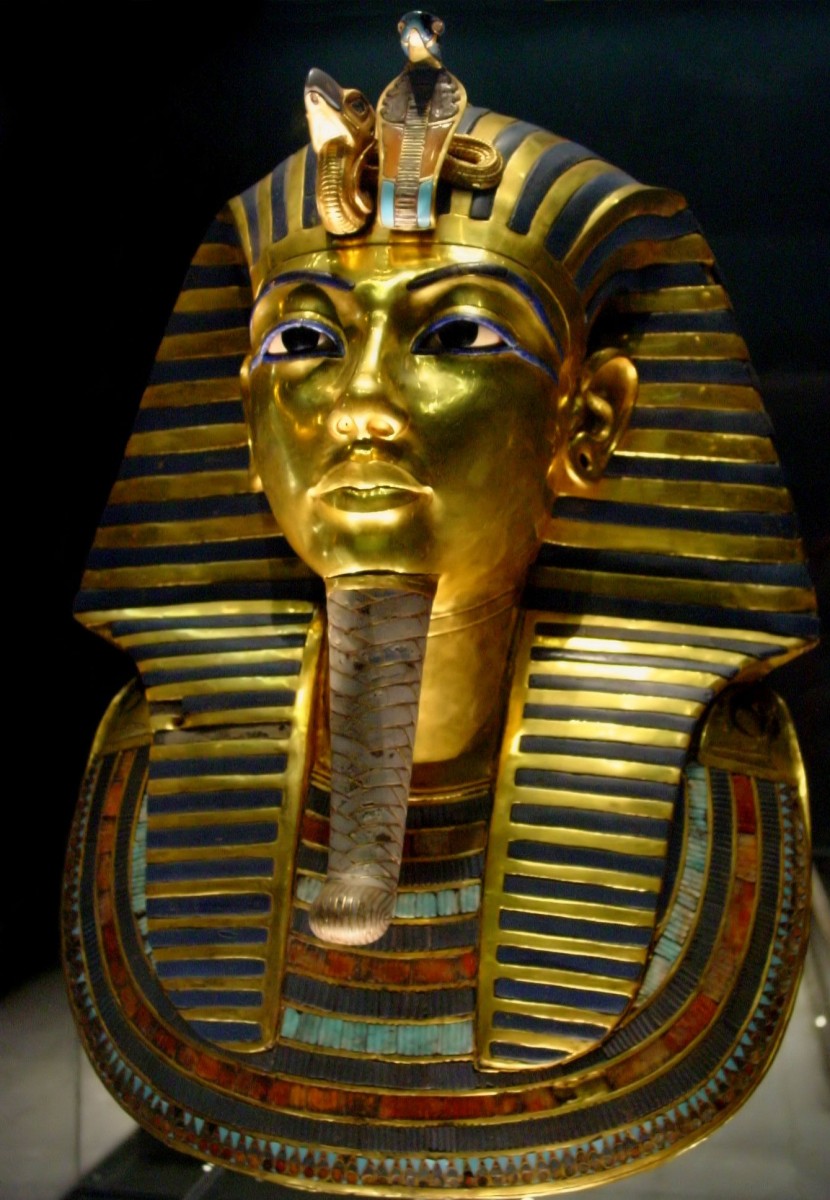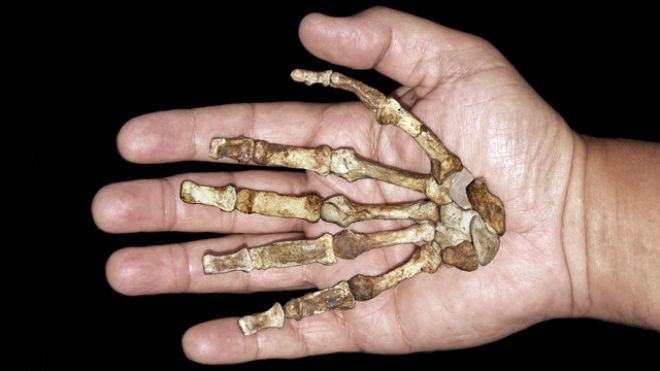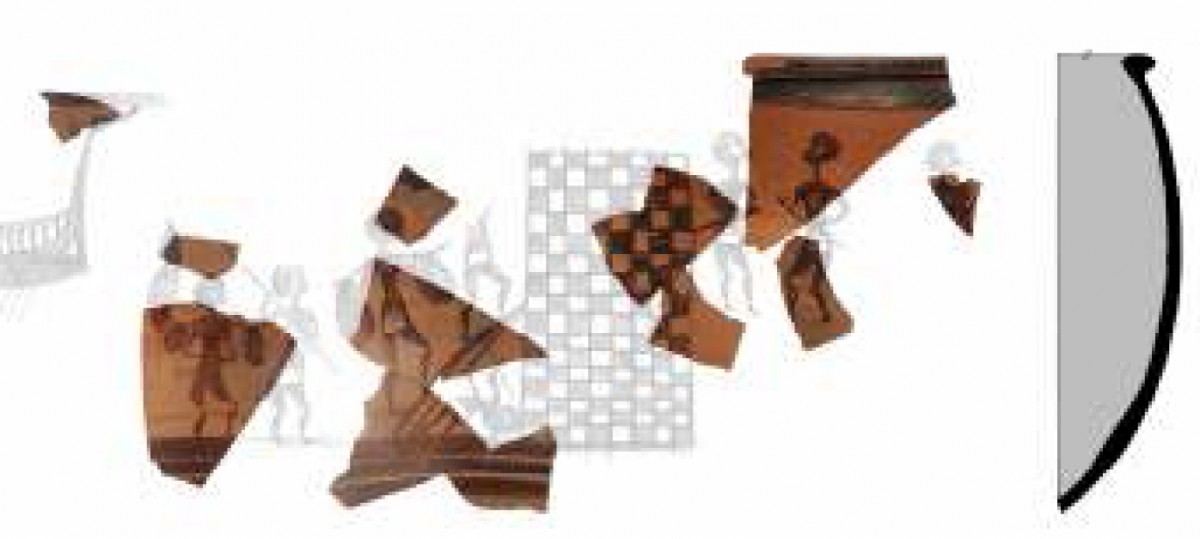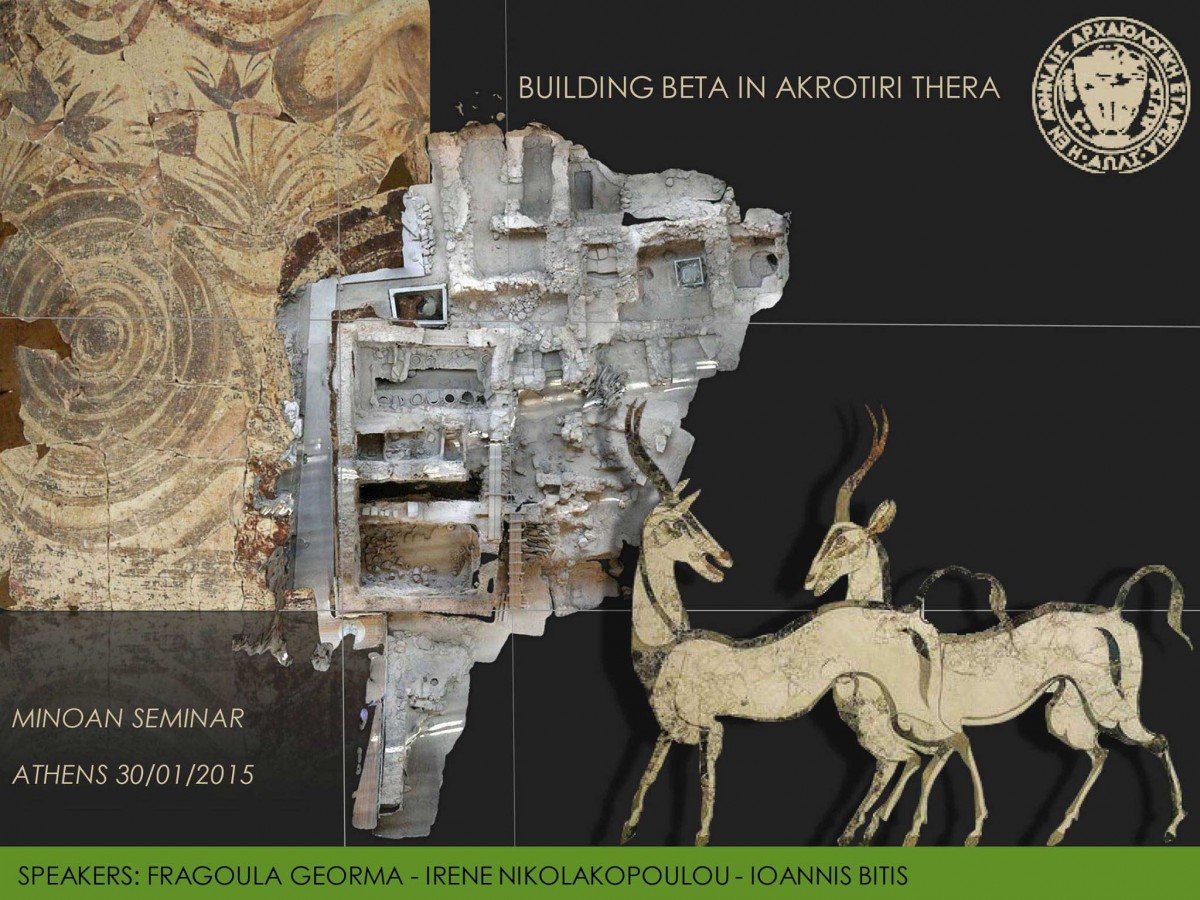The Manot people are indeed the ancestors of European populations!
Tel Aviv University discovery also indicates modern humans coexisted, interbred with Neanderthals in the Levant.
“Life is Short but Art is Long”
"Life is Short but Art is Long" opens in the Pera Museum of Istanbul (Turkey) on February 11, 2015. It will last until April 26, 2015 and is organized by the Pera Museum and the Suna & Inan Kıraç Foundation.
Serres: Tomb with coins came to light
An ancient tomb hiding coins and pieces of gold was found on a municipal property, at a distance of 3km from Nea Zichni of Serres.
Fresh excavations at two Harappan sites have begun
Excavation work has started at two major sites of the Harappan civilisation, Binjor and Rakhigarhi.
2,200-year-old moat discovered in Tarragona
Students of Archaeology at the University of Barcelona (UB) have discovered the remains of a 2,200-year-old moat that defended the Iberian town of Vilar de Valls, the ancient city of Valls, in Tarragona.
El Greco’s Modernism
"El Greco's Modernism" is the subject of the art history seminar which will be given by Emeritus Professor of Art History, University of Crete Nicos Hadjinicolaou, on Saturday, January 31, 2015, at the Benaki Museum of Athens.
Maya water temple discovered reveals drought
The discovery of a water temple at a Belize site, leads archaeologists to believe that a "drought cult" of the Maya existed.
Paphos during the Hellenistic and Roman periods
Paphos during the Hellenistic and Roman periods will be discussed in the next Cyprus Seminar at the Cycladic Art Museum.
Fishing down the abyss of human roots
A fossilized jaw dredged by a fishing net off the coast of Taiwan may reveal entirely new prehistoric species.
55,000-year-old skull links modern man in vicinity of Neanderthals
Characteristics of a partial skull recently discovered in Manot Cave in Israel's West Galilee provide the earliest evidence that modern humans co-inhabited the area with Neanderthals and could have met and interbred 55,000 years ago.
From the farms of Iowa to the Temple of Apollo at Delphi
The Annual Archives Lecture of the American School of Classical Studies at Athens is devoted to the story of George Cram Cook and Susan Glaspell. Today, at 7.00 p.m.
Grave of Don Quixote author discovered in Madrid
Part of a coffin bearing the initials of Miguel de Cervantes was recovered by a team of researchers at a Madrid convent this weekend.
Ancient capital unearthed during renovation of Ayia Thekla
A capital possibly belonging to an early Christian church built in the area of the Ayia Thekla chapel in Sotira (Cyprus) was brought to light during restoration works.
Easter Island mystery
Was the Rapa Nui demographic decline caused by environmental degradation, or could a political revolution or an epidemic of disease be to blame?
Princely tombs in Karczyn
The largest necropolis from the Roman period in Karczyn in Kujawy is the object of detailed scientific research in Poland.
Post-Traumatic Stress Disorders in the Ancient World
Research has discovered soldiers in ancient Iraq suffered from Post-Traumatic Stress Disorder (PTSD) up to 3,000 years ago.
7,000-year-old tomb reveals ancient burial methods
Excavations at the temple of Apollo Smintheus in Çanakkale revealed a tomb providing valuable information regarding burial methods of the era.
Tutankhamun’s broken beard
On January 24, a press conference was given at the Egyptian Museum in Cairo about Tutanhamun's beard and the unfortunate attempt to glue it back to the funerary mask using epoxy.
Early ancestors used their hands like modern humans
New research suggests pre-Homo human ancestral species used human-like hand postures much earlier than was previously thought.
The Mycenaean sanctuary at Abai/Kalapodi
Professor Wolf Dietrich Niemeier will address the topic “The Mycenaean sanctuary at Abai/Kalapodi and the question of continuity of cult between the Bronze and the Iron Age”, during the the 4th meeting of this year’s Mycenaean Seminar series.
Building Beta at Akrotiri, Thera
The next Minoan Seminar, presented by Fragoula Georma, Irene Nikolakopoulou, and Ioannis Bitis.
Greek Iconographies
The Netherlands Institute at Athens and the Belgian School of Athens organize the lecture series “Greek Iconographies”.
